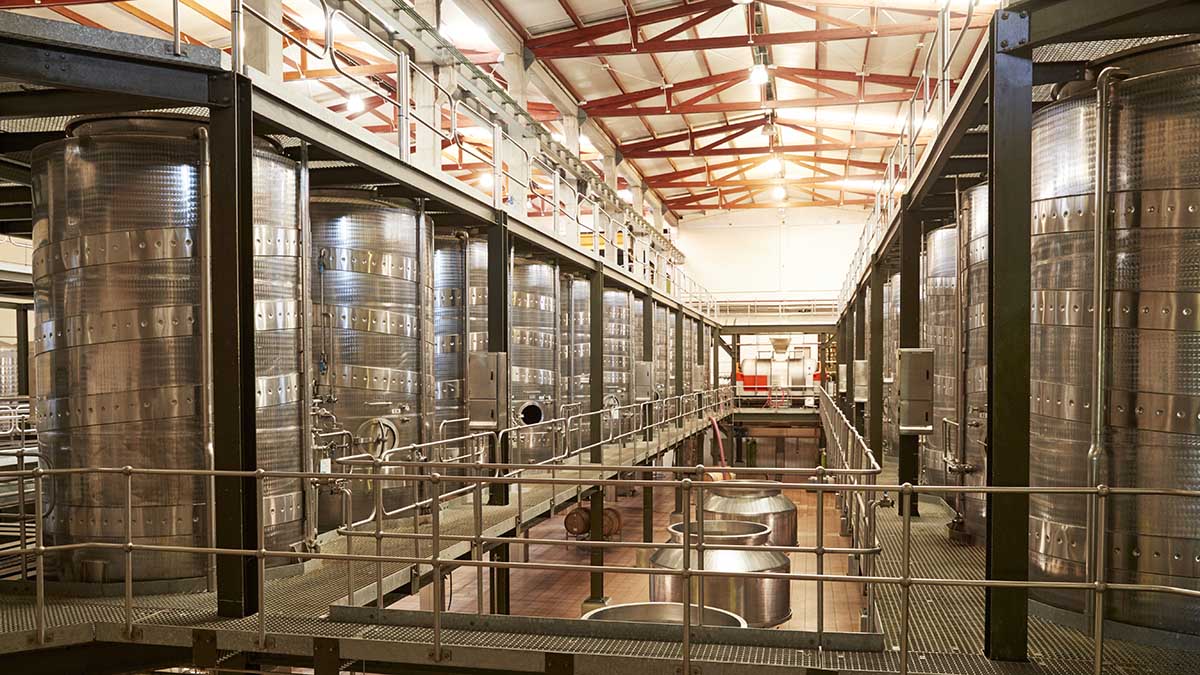
Climate-Controlled Warehouses
Climate-Controlled and Temperature-Controlled Warehouses
As businesses consider leasing warehouse space for long-term storage needs, owners and stakeholders may wonder whether they need a climate-controlled or temperature-controlled warehouse.
The necessity for climate-controlled or temperature-controlled warehouse storage space depends on the type of products and inventory being stored. For some industries, such as healthcare or perishable food storage, keeping the interior warehouse at a certain temperature may be critical for the sustainability and shelf life of products.
Although business owners that operate warehouse facilities do have a responsibility to ensure safe and comfortable working conditions for employees, not all businesses need to make the costly investment of heating or cooling a warehouse in its entirety.
Consider using this guide to learn about the different types of warehouse heating and cooling options available and whether a climate or temperature-controlled warehouse is necessary for your business.
Temperature-Controlled and Climate-Controlled Warehousing
Temperature-controlled warehouses use heating and cooling technology to regulate the temperature within the facility. Not all products require temperature-controlled storage.
In fact, the majority of consumer goods, from electronics to housewares, do not need to be kept in a temperature-controlled facility. If warehouses are located in mild or moderate climates, the storage space in a warehouse generally stays within the range of temperatures that keeps the majority of products safe and protected.
However, if your business requires a food-grade warehouse for perishable goods, temperature control may be an important factor in making a leasing decision. Temperature-controlled storage facilities are typically kept anywhere between 55 degrees and 80 degrees, depending on products stored within the warehouse.
Climate-controlled warehousing takes things one step further. These systems seek to control humidity within a warehouse as well as the temperature. Most businesses do not require climate-controlled warehouse storage, but for certain healthcare storage facilities, for example those that house vaccines or pharmaceuticals, climate control may be necessary to ensure the safety and efficacy of products.
Very few buildings are able to accommodate full climate and humidity control, so this is something to consider when you are looking to lease warehouse space.
A cost-benefit analysis of climate-controlled or temperature-controlled storage in your warehouse may reveal that installing heating or cooling systems in the whole warehouse space is too costly. If you’re concerned about temperature control, discuss your options with a commercial broker or warehouse property owner. They may be able to recommend supplemental heating or cooling units or offer suggestions on how to best regulate the temperature in a warehouse property at the most efficient cost.
Temperature-Controlled Warehouses with Tailgate Loading Docks
Whether you need a temperature-controlled warehouse or not, tailgate loading docks should not significantly affect the interior temperature of the building as long as the design of these docks is executed properly.
This is because tailgate loading docks often have a dock shelter on the outside that makes a seal when a truck backs into the loading bay. This means that air of varying temperatures won’t be able to get in or out of the warehouse while employees are loading and unloading shipments. Because of this, the temperate balance within your warehouse should remain consistent and using tailgate loading docks should not affect your operating costs.
If you have more questions or concerns about climate-controlled or temperature-controlled warehouses, Industrial Investments, Inc. can provide your business with information, and help you determine the best leasing options for your warehousing needs. Industrial Investments owns and manages several million square feet of warehouse, industrial and flex rental space throughout the Delaware Valley.